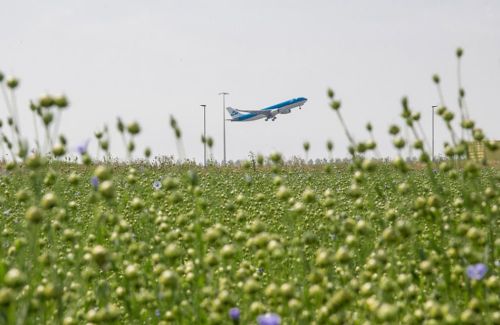Circular seating
You can find circular seats and benches at various locations at Schiphol. They don’t feel different, but they have been made differently – sustainably. The material they are made out of will be reused at the end of their lifespan. Outside, we have some benches made of grass and there are e-leather chairs inside.
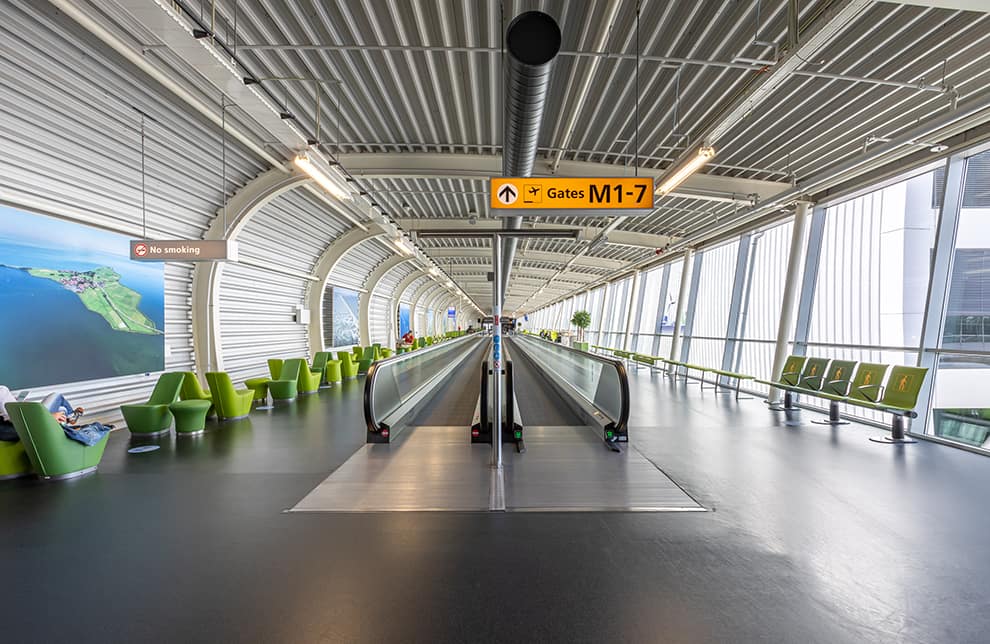
Circular furniture on M corridor
The M corridor, which connects Lounge 4 with Pier M, was given an update in 2021. Sustainability was at the heart of this transformation. All seats in the corridor were previously used at Schiphol. They have been reupholstered with E-Leather, a kind of sustainable leather made from leather industry waste. The material used for the planters came from old Schiphol information desks and a KLM Boeing 747. These materials were also used to make the two windmills that you can use to charge up your mobile phone or laptop.
Want to see how our circular furniture was made?
Blink seats at Pier E bus station
In 2019, Schiphol installed 368 Blink seats at the bus station near Pier E. Blink was designed by Richard Hutten, an expert in circular design and a well-known figure in Dutch Design. Some Blink features:
- The aluminium frame is made from Tecno frames (the previous seats in the bus station) and can be fully melted down and reused.
- Upholstered in E-Leather. Made using clean technology and not processed with environmentally-unfriendly chemicals. When the material becomes worn-out, it is removed and recycled. The seat is then reupholstered and will, once again, last for years.
- Padded out with Cocolok, a mixture of coconut fibres and natural latex. Sturdy, durable and comfortable – a great alternative to polyether, which isn’t easy to recycle.
- Tabletops made from bio-based composite, a resin based on natural raw materials and reinforced with natural fibres. Can be recycled.
Outdoor furniture made of elephant grass
There are elephant grass benches in the area in front of the terminal. This elephant grass (miscanthus) is grown in the local area. The miscanthus is used to make bio-concrete. Bio-concrete inside the benches allows them to withstand force 11 winds. At the end of their service cycle, the benches can be broken up and reused in bio-based insulation material.
What we do for sustainability
-
To and from the airport
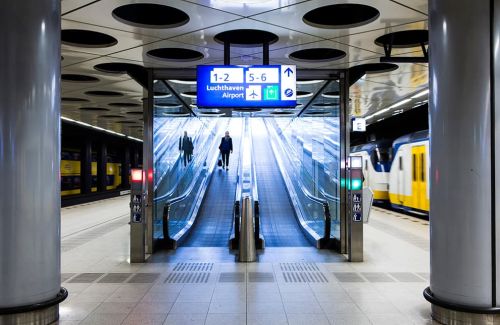
-
At the airport
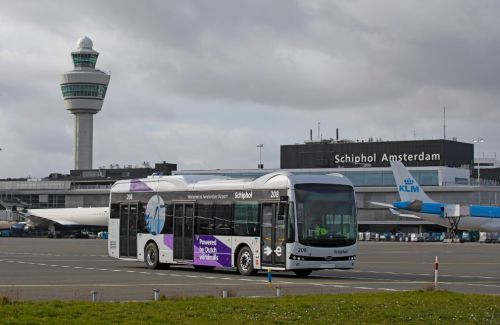
-
In the air
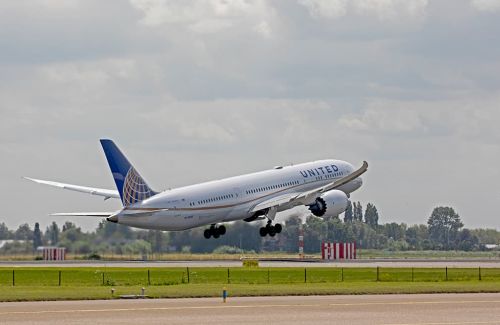
-
What can you do for the environment?
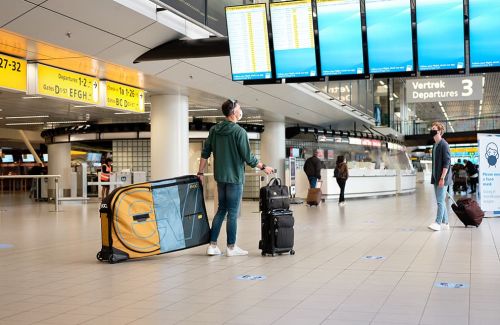
-
Sustainable living environment
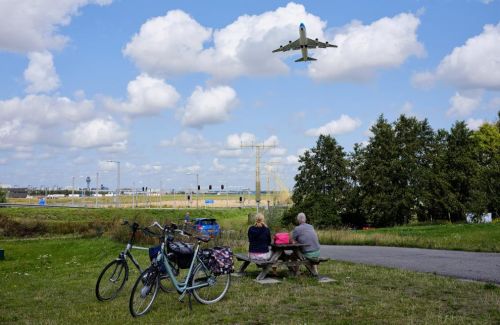
-
News
